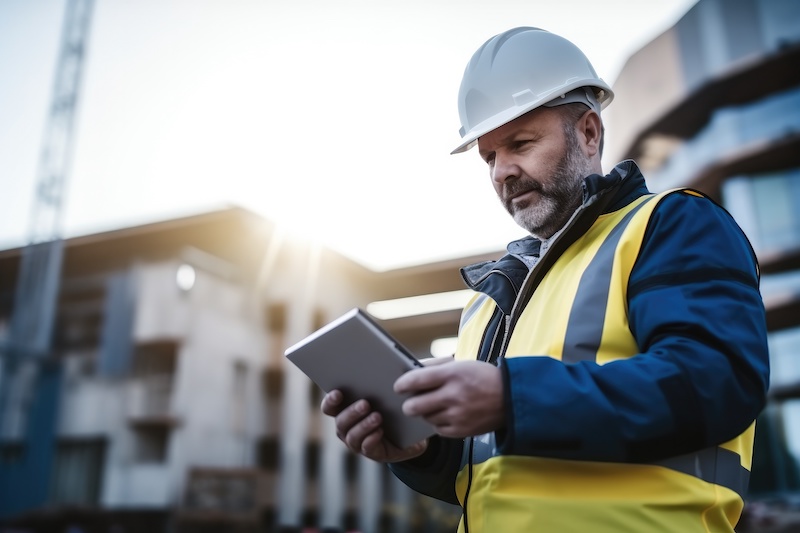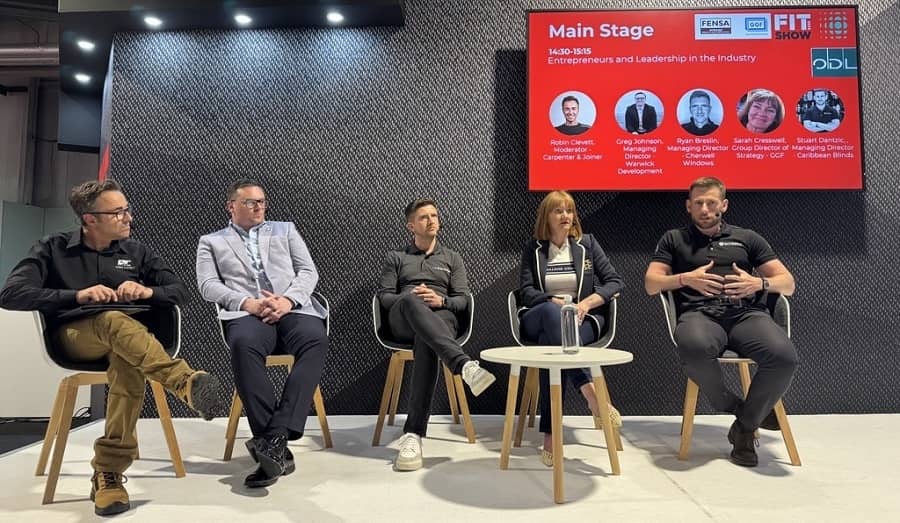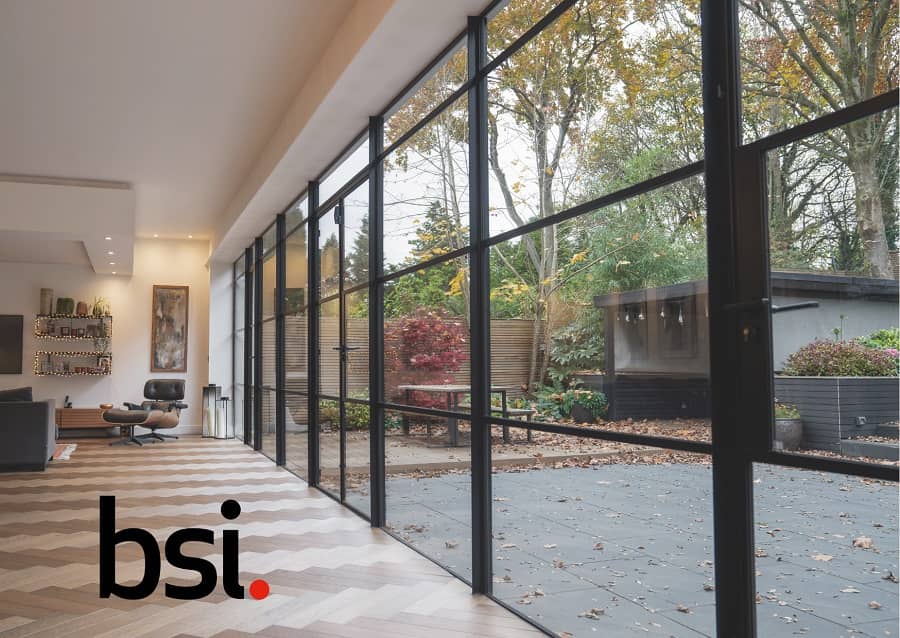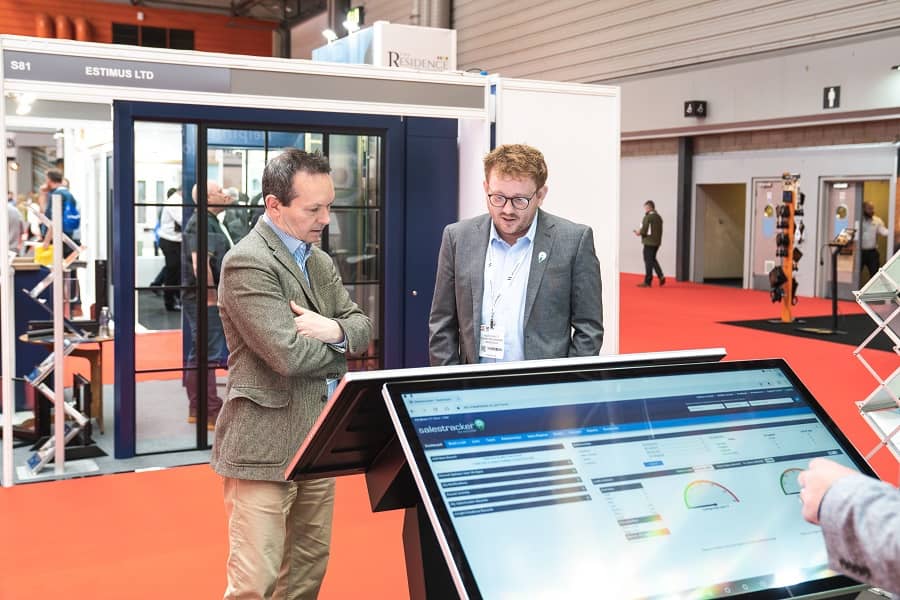How can we achieve digitised services through construction?

Smart Construction Project management system concept, Engineer using a digital tablet on a construction site.
The use of smart technology has surged in the past decade, with the global market doubling in value from $43.4bn in 2017 to an expected $91bn in 2022. From its use in the home to integration in most sectors of the economy from banking to shopping, it’s been adopted to enhance the experience of consumers.
The time is right for local governments, architects and builders to understand the best ways to deploy technology to support health and care needs in a range of environments, and the benefits of considering its inclusion as part of construction design.
Gavin Bashar, UK managing director at Tunstall Healthcare, discusses why technology should be integrated into buildings from the design and specification stage to support the care and protection of vulnerable people.
A digitally enabled future
Technology has a key role to play in services being delivered in innovative ways, placing citizens at the heart of decision making, and enabling health, housing and care providers to target support where it’s needed most
Using technology to support people is low cost, and helps citizens to live independently for longer with an increased quality of life. Relatively low-cost telecare systems can help to avoid hospital admission, delay and prevent the need for residential care, and reduce carer burnout. Architects and developers therefore have a crucial role to play in driving cost savings, and enhancing the lives of vulnerable service users.
We must lead from the top to ensure buildings have technology integrated at construction to enable stakeholders to support citizens effectively, and provide a platform to make the most of future advances in technology. Too often, technology is considered as an afterthought, rather than a system that can be central to the way the building is lived, used and worked in, and therefore this is pivotal to the way it is designed.
Case study
Northampton Partnership Homes (NPH) and construction firm, Jeakins Weir recently worked together to integrate smart technology into a new innovative housing development comprising eight semi-detached bungalows that will support the independence of young adults with learning disabilities and complex needs.
Smart technology was integrated at the planning stage of the development to provide more person centred support, as well as offering greater insight into how best to allocate resources to meet the needs of the people living there.
The system supports the use of telecare sensors and wearable technology, such as fall detectors, which will automatically raise an alert if help is required, enabling care to be given where and when it is needed, but supporting independence when it isn’t.
The next steps
A healthcare system fit for the 21st century must have digital innovation at its core which is embraced by architects and commissioners. As innovative technology continues to transform every aspect of modern life, there is a growing body of evidence demonstrating the impact this is having on population health and wellbeing. Where it has not already done so, digitisation is set to touch every corner of health and social care, and in turn this needs to impact upon the way we design and build.
As the UK’s communications network is set to complete its transition from analogue to digital by 2025, technology has an even greater role to play in enhancing the lives of service users. Although this will require significant engagement from architects and builders, it brings a once in a generation opportunity to modernise, improve and shift thinking from a reactive, to a proactive delivery model which can empower users and enable care to become more intelligent and personalised.




















